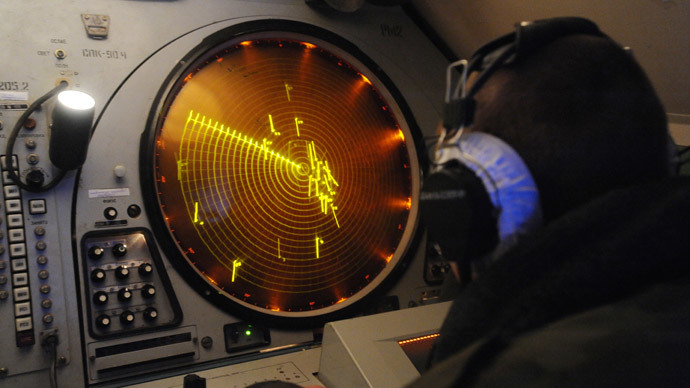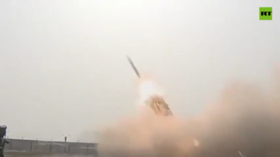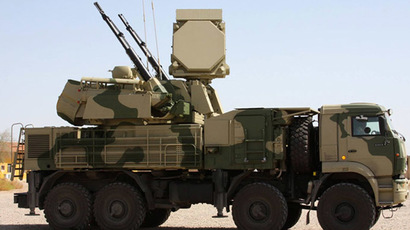Russia to redeploy early warning radar in Crimea

Russia’s Space Forces are to modernize and again use an old radar station in Sevastopol, Crimea, part of Russia's missile attack warning system until 2009.
The station to be fully operational and providing data to the Russian military in 2016, Space Forces commander Lt. Gen. Aleksandr Golovko announced on Saturday. He added that the station requires an upgrade of several engineering systems and brand new computer equipment.
The Dnepr early warning radar in Sevastopol was built in 1968 and was used to monitor the Black Sea, Southern and Central Europe and parts of the Middle East. After the collapse of the Soviet Union it was transferred to Ukrainian sovereignty and continued to provide data for the Russian military under lease.
In 2009, Russia canceled the deal, which cost some $1.3 million annually, because its coverage could be substituted by a new Voronezh radar station in Russia's Armavir. Ukraine has since used the Sevastopol facility for its civilian space agency.
The Russian military considered a possible redeployment of the station as early as July, according to sources cited by news agencies at the time. The cost of modernization was estimated relatively low compared to building a new station from scratch, while its good geographic location compensated the age of the facility.
The Space Forces will also have other new assets in the formerly Ukrainian region, which seceded in the wake of the February armed coup in Kiev and voted to reunite with Russia. Starting December this year the military service will deploy two communication stations in Sevastopol and Evpatoria, which “will provide a significant benefit to the control of the orbital constellation,” Golovko said.
Dnepr early warning radar is the later modification of the first generation of the Soviet systems of this kind. NATO reporting name for the entire range is Hen House. It can detect missile launches at ranges of up to 3,000km. The second generation of Russian early warning radar is called Daryal (NATO reporting name Pechora).
Voronezh radar is the current third generation with a range of 4,200km, lower energy consumption and less personnel required. A station of this kind can be deployed in 12 to 18 months as compared to five to nine years for Dnepr, thanks to module design.
Elsewhere in Russia, the Space Forces expect to have two additional early warning stations operational by year's end, the general said. One Voronezh station is located in the western enclave of Kaliningrad region and the other one in Irkutsk Region in southwestern Siberia.
“Before year's end these stations will commence their combat missions of radar control of western and eastern missile attack threat directions,” Golovko said.
Two additional Voronezh stations are to start trial operation in Siberian Altay Region and Krasnoyarsk Region this year.
The general's report was part of celebration of the anniversary of the first space launch in human history. The Sputnik-1 satellite was launched on October 4, 1957, from the Baikonur Cosmodrome, Kazakhstan.














